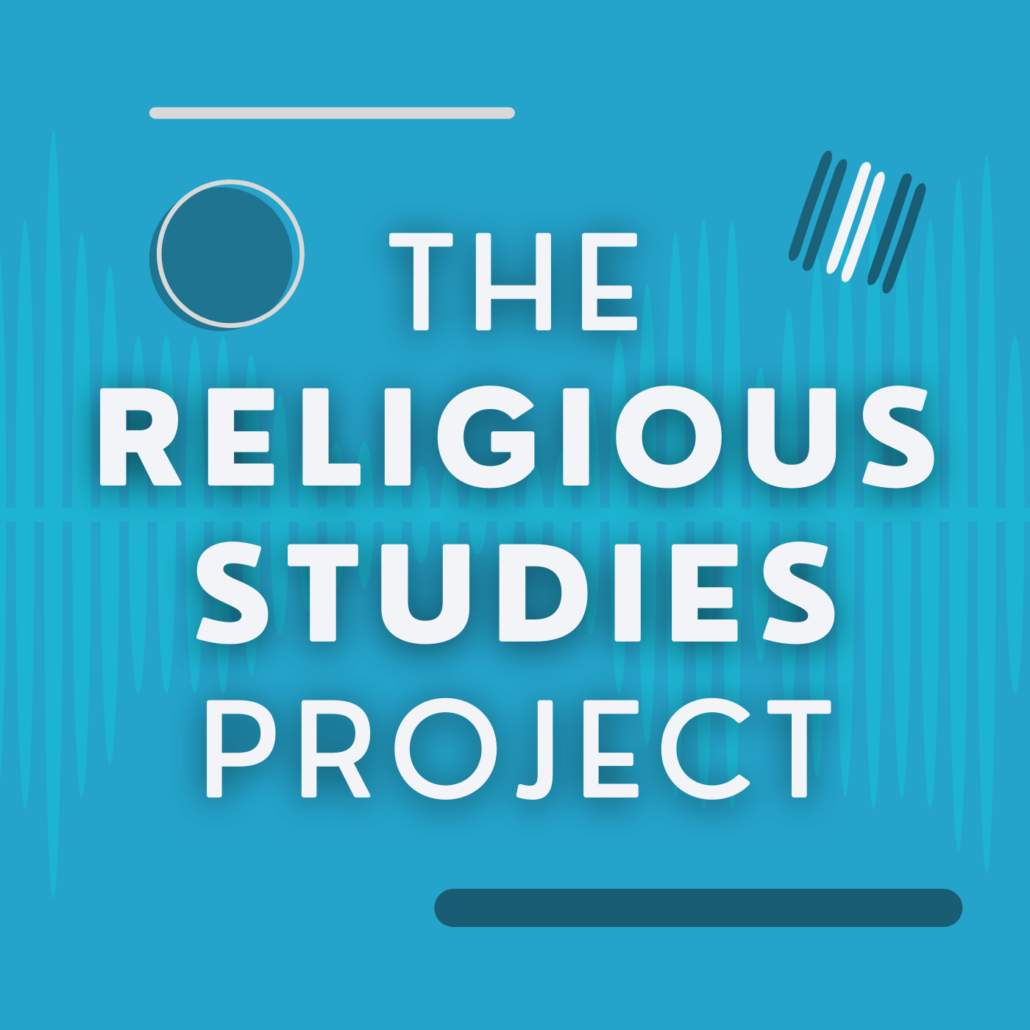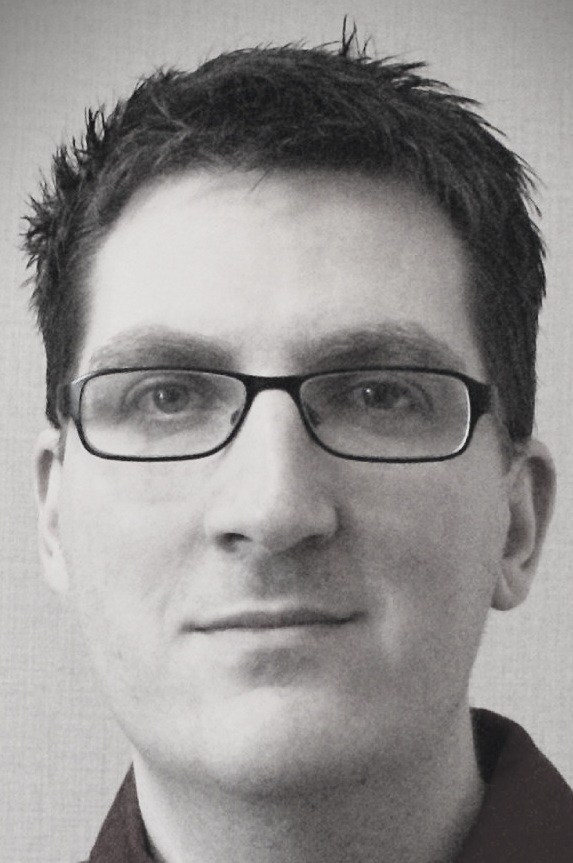The deluge of responses to Teemu Taira’s recent RSP podcast show that “What is religion?” (and so implicitly, “What is secular?”) remains the subject of ongoing debate that is unlikely to be resolved soon. As Donovan Schaefer explains in his interview with Christopher Cotter, however, there are considerable problems with the idea that secularism is either the opposite of religion or its absence. The subtraction story of secularism, the idea that you can simply remove ‘religion’ and be left with something neutral, is simply not true (Taylor, 2007). Secularism is itself an ideology that presents both a characterisation of how the world is and how it should be. Schaefer suggests that the conceptualisation of religion as something concrete that can be removed to leave an objective, rational base is a consequence of the World Religions paradigm and its roots in 19th Century scientific rationalism. Challenging this simplistic conception of religion and its consequences lies at the core of the Critical Religion movement. Schaefer’s interview is an invitation to explore how we can do that most effectively. How do we translate critical insights that have significant real world implications into ideas that can easily be transmitted to students and the wider public?
To answer that, we must consider why we teach about religion(s) at all. As teachers, it is important that we both impart knowledge about our subject areas but also that we should challenge and expand the worldviews of our students to help them develop as individuals. To do that successfully we need to find a starting point that is sufficiently familiar and accessible to our students, so that they can engage in constructive dialogue. As Schaefer notes, despite its flaws the World Religions paradigm was an improvement on previous colonialist approaches and it remains a useful pedagogical tool. If people already think in terms of an implicit World Religions paradigm, then it provides a sensible starting point for teaching.
According to the latest British Social attitudes report 64% of British 18-24 year olds do not belong to a religious tradition and so ignoring secularism in the study of religion and beliefs is an untenable approach. The vocal claims of so-called New Atheists, about non-religion and ‘rationality’ should be critically examined, just as the claims of religious and other social groups should be scrutinised when they have public implications. Challenging the assumptions of these students and encouraging them to examine their own intellectual heritage is also an important step towards teaching them to understand the beliefs of those from other cultural traditions. Schaefer is correct that encouraging critical thought about secularism and religion should be seen as complimentary exercises. Exploring these topics can stimulate both academic and personal development.
Schaefer lays out two possibilities for mixing Secularism Studies and World Religions. The first option is to focus on the form of secularism that is most familiar to our students, that of the contemporary West, and to locate this secularism as part of the Christian tradition in which it has its historical roots. This view positions the Enlightenment as a consequence of the Reformation and views the split between those who accept the (more or less) literal truths of Christian tradition and those who reject them as part of a long line of doctrinal schisms. Positioning a secularism such as New Atheism in this way highlights its historically contingent nature and can lead to fruitful discussions and debates in a teaching environment. However, such an approach can be criticised for neglecting secularisms that have or could arise in other contexts. Schaefer’s second option is a better, albeit more time consuming, approach that examines secularist trends within each of the World Religions and stresses how they are all historically contingent. The choice between these two options will probably be made pragmatically, depending on both the teacher’s expertise and the time that they can devote to secularism within a broader course.
There is, perhaps, a third and more radical way that still retains the broad strokes of the World Religions paradigm but which critiques it more directly and opens up the issues and core themes for discussion during future weeks. At the risk of sounding partial, perhaps the solution is a greater integration of psychology and the social sciences into the conceptualisation and teaching of religion. By starting with the questions of why people believe what they believe, and what distinguishes religious beliefs from other beliefs, the problems of both the World Religions paradigm and Secularism Studies are placed into a wider context. Questions like how we construct worldviews and conceptions of ourselves are fundamental to understanding lived and implicit religion and other existential cultures (Lee, 2015). “What do you believe?” and “Why do you believe it?” are, perhaps, the most important questions that religious studies should be challenging non-academics to ask themselves. Answering these questions sets the stage for subsequent discussions about the differences between various existential cultures, for the diversity of religious traditions, and for an appreciation of the complex and often contradictory beliefs and behaviours of individuals (Chaves, 2010). Is it practical to introduce such an approach into a single World Religions course? Like Schaefer, I am unsure – it is something I would like to have the opportunity to try but can only theorise about currently. It should, however, certainly be possible within the broader context of a Religious Studies degree.
The danger raised at the end of the interview by David Robertson about potentially reinforcing unhelpful models of religion is real. Is the main reason that people think in terms of the World Religions paradigm because that is how they are taught religion in schools and because that is how religion is generally conceptualised in the public sphere? As Fitzgerald (2000) noted, that paradigm is beneficial to many and it is now heavily entrenched. Perhaps a more radical approach, based as much in the social sciences as the humanities, can fix that – but until then Schaefer’s suggestion to inhabit the paradigm and critique it from within is a sound option for teaching religion in higher education. It is certainly better than ignoring secularism entirely and, within a British context at least, the introduction of humanism or secularism in religious studies classrooms and lecture halls as a method of critiquing the world religions and introducing wider conceptual problems should be encouraged.
References
Chaves, M. (2010). Rain Dances in the Dry Season: Overcoming the Religious Congruence Fallacy. Journal for the Scientific Study of Religion, 49(1), 1–14. doi:10.1111/j.1468-5906.2009.01489.x
Fitzgerald, T. (2000). The Ideology of Religious Studies. Oxford, England: Oxford University Press.
Lee, L. (2015). Recognizing the non-religious: Reimagining the secular. Oxford, England: Oxford University Press.
Taylor, C. (2007). A secular age. Cambridge, MA: Harvard University Press.



